Timothy Acosta, Izzy Ambriz, Jefferson Cordovero, and Jason Le
Eryn Pierce – ART 420
Intermountain Bird Observatory
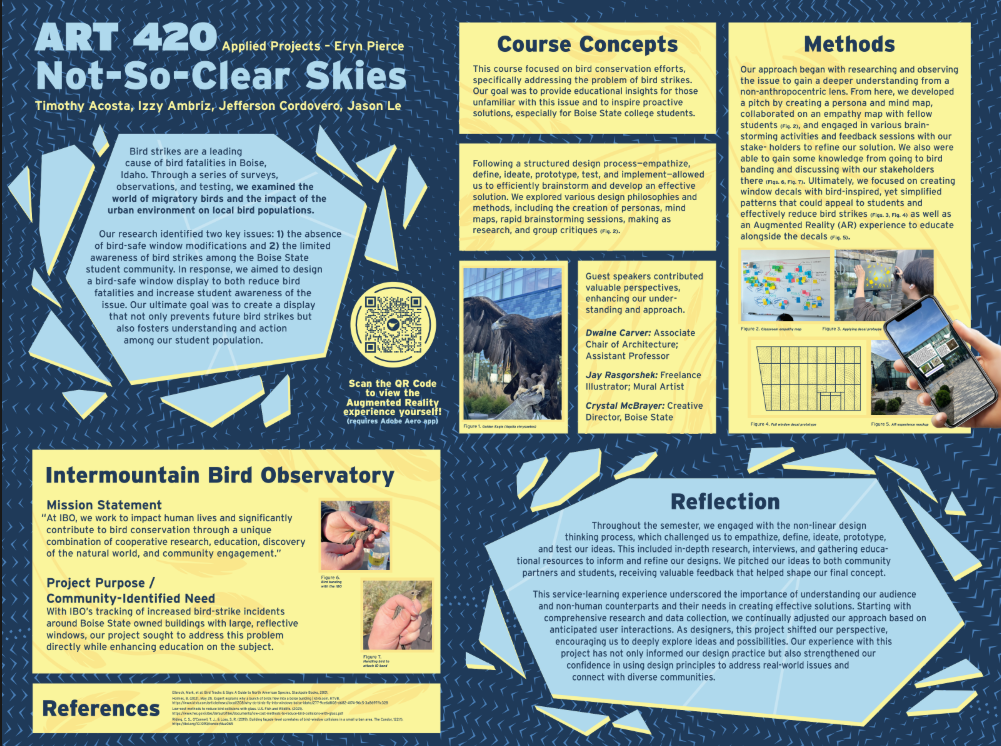
Introduction
Learning Goals:
Bird strikes are a leading cause of bird fatalities in Boise, Idaho. Through a series of surveys, observations, and testing, we examined the world of migratory birds and the impact of the urban environment on local bird populations.
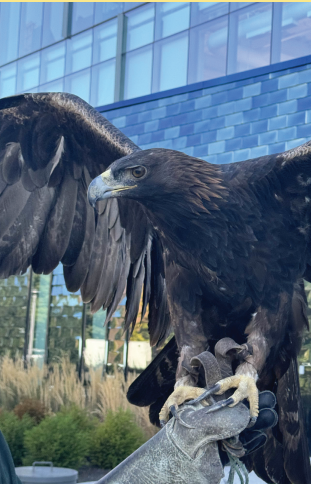
Our research identified two key issues: 1) the absence of bird-safe window modifications and 2) the limited awareness of bird strikes among the Boise State student community. In response, we aimed to design a bird-safe window display to both reduce bird fatalities and increase student awareness of the issue. Our ultimate goal was to create a display that not only prevents future bird strikes but also fosters understanding and action among our student population.
Reflection
Throughout the semester, we engaged with the non-linear design thinking process, which challenged us to empathize, define, ideate, prototype, and test our ideas. This included in-depth research, interviews, and gathering educational resources to inform and refine our designs. We pitched our ideas to both community partners and students, receiving valuable feedback that helped shape our final concept.
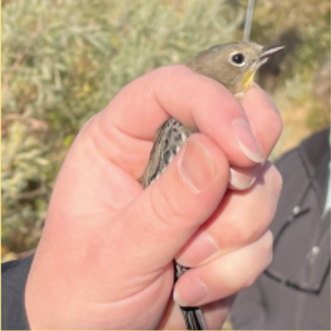
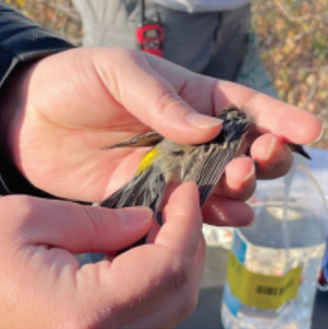
This service-learning experience underscored the importance of understanding our audience and non-human counterparts and their needs in creating effective solutions. Starting with comprehensive research and data collection, we continually adjusted our approach based on anticipated user interactions. As designers, this project shifted our perspective, encouraging us to deeply explore ideas and possibilities. Our experience with this project has not only informed our design practice but also strengthened our confidence in using design principles to address real-world issues and connect with diverse communities.
Community Partner: Intermountain Bird Observatory
Mission Statement:
“At IBO, we work to impact human lives and significantly contribute to bird conservation through a unique combination of cooperative research, education, discovery of the natural world, and community engagement.”
Project Purpose/Community Identified Need:
With IBO’s tracking of increased bird-strike incidents around Boise State owned buildings with large, reflective windows, our project sought to address this problem directly while enhancing education on the subject.
Course Concepts
This course focused on bird conservation efforts, specifically addressing the problem of bird strikes. Our goal was to provide educational insights for those unfamiliar with this issue and to inspire proactive solutions, especially for Boise State college students.

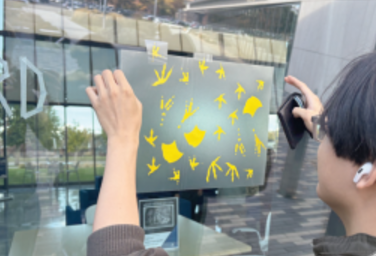
Methods
Following a structured design process—empathize, define, ideate, prototype, test, and implement—allowed us to efficiently brainstorm and develop an effective solution. We explored various design philosophies and methods, including the creation of personas, mind maps, rapid brainstorming sessions, making as research, and group critiques.
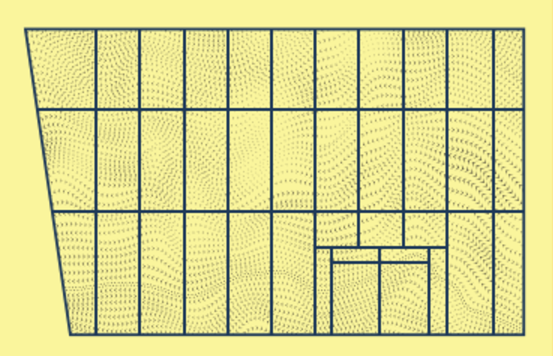
Our approach began with researching and observing the issue to gain a deeper understanding from a non-anthropocentric lens. From here, we developed a pitch by creating a persona and mind map, collaborated on an empathy map with fellow students (Fig. 2), and engaged in various brainstorming activities and feedback sessions with our stakeholders to refine our solution. We also were able to gain some knowledge from going to bird banding and discussing with our stakeholders there (Figs. 6, Fig. 7). Ultimately, we focused on creating window decals with bird-inspired, yet simplified patterns that could appeal to students and effectively reduce bird strikes (Figs. 3, Fig. 4) as well as an Augmented Reality (AR) experience to educate alongside the decals (Fig. 5).
Guest speakers contributed valuable perspectives, enhancing our understanding and approach.
Dwaine Carver: Associate Chair of Architecture; Assistant Professor
Jay Rasgorshek: Freelance Illustrator; Mural Artist
Crystal McBrayer: Creative Director, Boise State